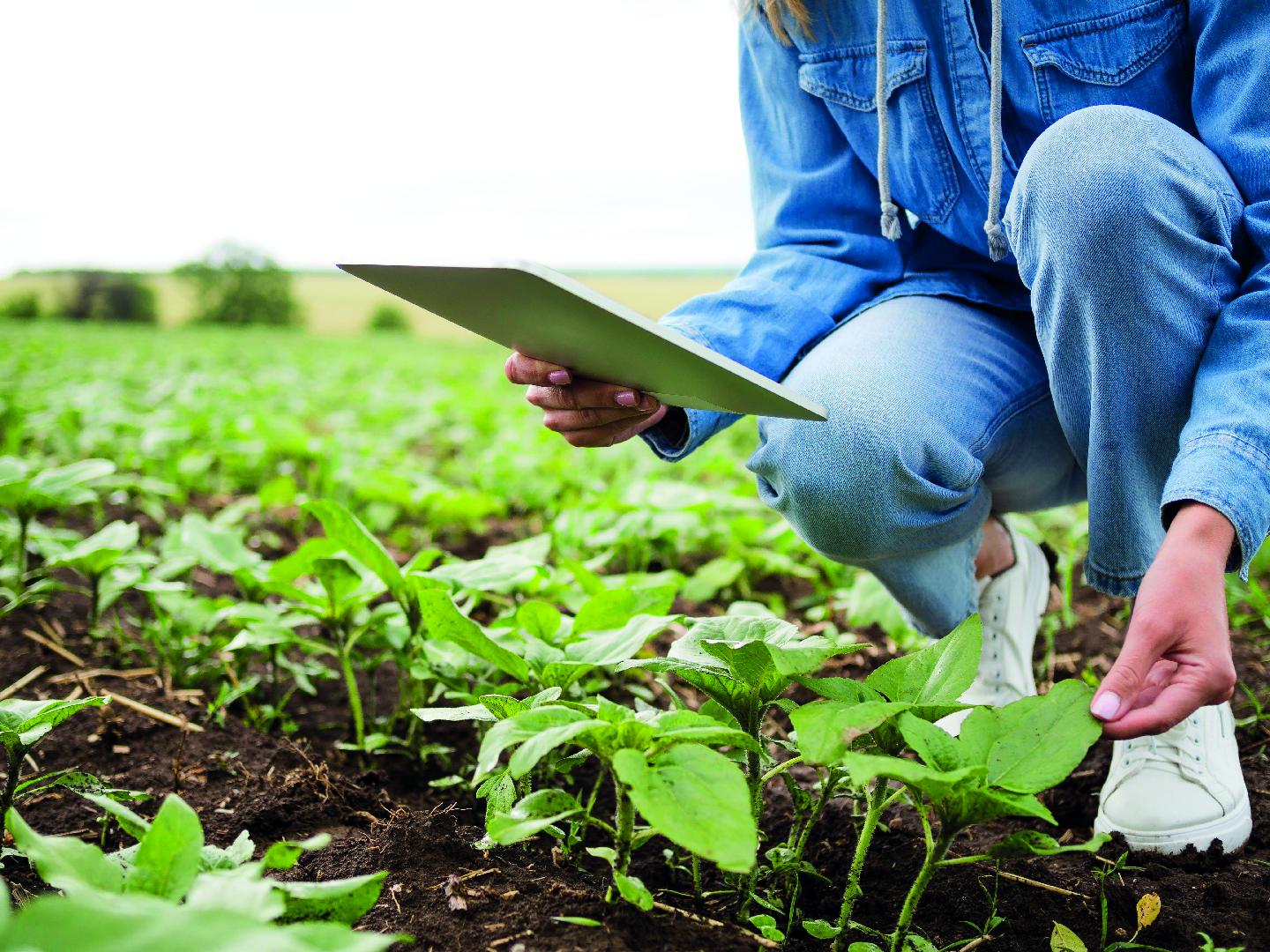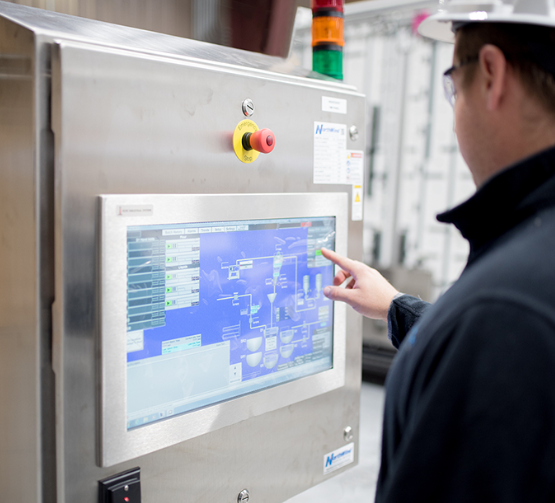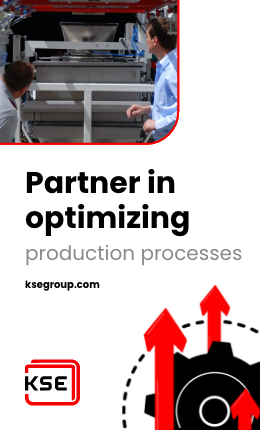In recent times, sustainability has been the subject of the agenda for many countries and organizations, especially regarding what production processes imply. And it is that caring for the environment is increasingly important: we have realized that we only have one.
In this article we discuss the environmental impact of our industry and its production processes.
First, what is energy efficiency basically?
Energy efficiency as the efficient use of energy. A process or element is said to be energy efficient when it consumes less than average amount of energy to perform. Energy efficiency seeks to protect the environment by reducing energy intensity.
What is the general context?
Environmental concerns and the depletion of fossil fuels are forcing the development of policies to reduce greenhouse gas emissions.
Energy efficiency is a topic of great debate especially in developing countries. The industrial and manufacturing sector (whatever the end product) has a significant responsibility for environmental pollution and the use of its resources, especially in the depletion of fossil fuels and carbon dioxide emissions.
This is why, a few years ago, the implementation of energy efficiency strategies began to be evaluated. This is because the food industry, both for humans and pets, is booming and growing, so it is necessary to drastically optimize the use of resources in order to meet demand with a degree of controlled environmental impact or, at least, acceptable.
Sustainability is imposed throughout the industry
Let's remember that sustainability is one of the most booming trends in the pet food industry. In a 2019 report by the Pet Sustainability Coalition, it was reported that 91% of industry professionals already anticipated an increase in demand for sustainable pet products, and 50% expected demand to grow rapidly.
Sure enough, his predictions were correct. Sales of snacks for pets from sustainable production and consumption grew 70% from 2015 to 2019.
Energy efficiency in the Pet Food Industry
According to the research team of Dr. Peter Alexander from the University of Edinburgh, in recent years the emission of greenhouse gases related to dry feed production represented between 1.1 and 2.9% of total agricultural emissions, which is equivalent to between 56 and 151 tons of carbon dioxide.
Worldwide, between 41 and 58 million hectares of agricultural land is dedicated to the production of raw material for pet food, a percentage of between 0.8 and 1.2% of the world total. The production of pet food represents 5 to 11 km3 of fresh water use, which is between 0.2 and 0.4% of the water used for agriculture. Approximately 70% of the greenhouse gas emissions associated with the production of pet food comes from animal products, including meat and by-products. In the case of the use of water, approximately between 50 and 60% is related to agricultural products within the production process of pet food.
According to a survey by Emmy Koeleman (2019), 30,000 pet food factories distributed around the world manufactured more than one billion tons of feed. Of this exorbitant amount, 10% goes to pets and fish, 40% for poultry, 30% for pigs and 20% for ruminants.
While how much Pet Food production contributes to climate change is still a somewhat broad estimate, the same team calculated that dog food may be associated with higher greenhouse gas emissions and land use than dog food. cats. In the same way, they affirm that premium quality food, both for dogs and cats, can cause a greater environmental impact. Premium brands contribute 3.3 times more to climate change compared to conventional cat food and 2.3 times more than conventional dog food. Dog food accounts for 1.6 times the emissions emitted from the cat food production process.
In 2017, PLoS ONE published an estimate on the environmental impact of the pet food industry, which shows that the ingredients of dog and cat food represent approximately between 25 and 30% of the impact caused by the meat industry in the U.S. Likewise, the same value of greenhouse gases is assigned to the treatment of meat (muscles) used for human consumption, as well as for by-products destined for our industry.
It is important to emphasize that our industry makes a great contribution with the use of by-products, since it is avoided that parts of animals of high nutritional value are wasted.
What can be done to improve the sustainability of the industry?
Although, when looking at the numbers and statistics, we are a bit far, as an industry, from having numbers of pollution or emission of tolerable gases by the environment, something can always be done, since you have to start with something, right?
This is the case with DSM Animal Health and Nutrition, which launched the We make it possible initiative to promote compliance with the United Nations Sustainable Development Goals.
"By 2030, we seek to reduce our greenhouse gas emissions by 30%, reach up to 75% to use renewable sources for energy, and increase our energy efficiency by 1% per year." David Nickell, vice president of sustainability and business solutions for DSM.
Summary
While we are still making unsustainable use of resources and, consequently, an excessive increase in climate change, many companies in the Pet Food Industry have already started to make efforts to improve efficiency and reduce pollution.
Starting with small acts such as setting SMART objectives to achieve a certain energy efficiency, analyzing the consumption of each production process, or changing the lighting to LED already begin to make a difference.
The first step to achieve substantial and sustainable changes is to become aware of the seriousness of the matter, and from our side, we try to provide reliable and updated information to make it available to everyone.
Source: All Pet Food
You could be interested: Waste to Energy Plant uses Scalebreak-Mp on Dump Condenses - Get Sparkling Clean Results
About author
María Candelaria CarbajoTranslator and editor. I collaborate with businesses and purposeful projects that want to improve their written communication, transmit their differential values, and connect with their audience. I enjoy teamwork and joining forces, experiences, and knowledge to bring to the world all the potential of businesses that seek to make an impact with their services, products, or experiences.
Publisher Contents
Manufacturing Process




 5.0
5.0
22/09/2023















































